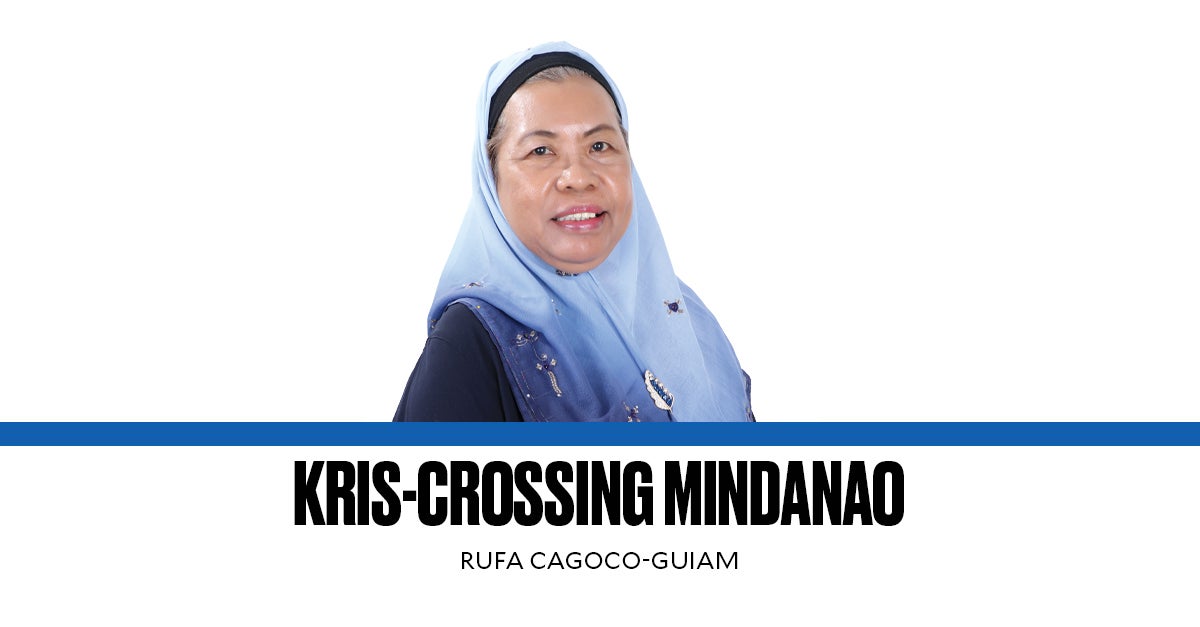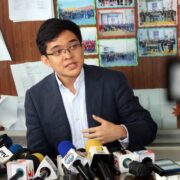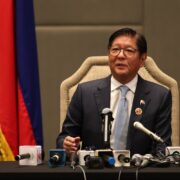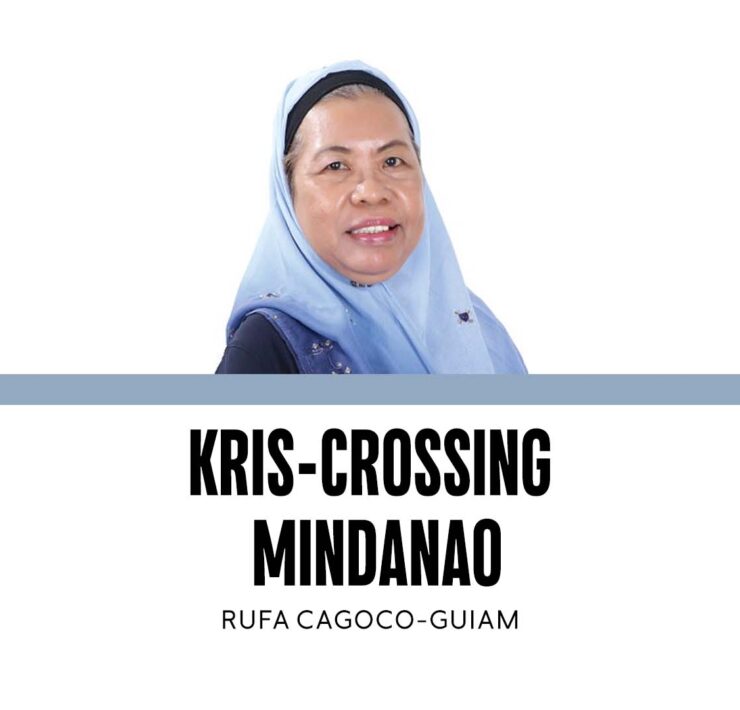Making the invisible visible (2)

General Santos City—As noted in my column last week, the one-day forum on masculinities, gender equality, and peace-building was held last Wednesday, Nov. 15. Aside from its huge data set, with more than 2,000 survey respondents, the research conducted by a team from Mindanao State University-General Santos City was notable in that it is the first study of its kind, at least for this region, and at this scale, in looking at the intersections of masculinities and gender dynamics in the context of peace-building. As such, it was not an easy thing to do—both its topic and locations, as I have noted in last week’s column, are not for the faint of heart. In short, it is a topic that is not quite “visible” in many conversations, both in the public and private spheres.
The forum in itself was like a “test dive” into largely murky waters of gender dynamics, women, peace, and security, topics that are sorely in need of clarifications and contextualization, for the general public to grasp and fully understand.
It is worth noting that talking about gender and its myriad dynamics in a region widely known to be male-dominated and highly patriarchal always presents an uneasy type of situation, especially when, as an outsider, you start the conversation. In my earlier interactions with some male key leaders of the region, whom I have befriended over decades of my social research and development work, I took certain steps to start these difficult conversations.
First is the need to develop a relationship of trust with them—and it is not easy. As leaders of the Moro Islamic Liberation Front (MILF) who challenged the authority of the Philippine state forces for more than four decades prior to the signing of the Comprehensive Agreement on the Bangsamoro (CAB), the region’s top officials consider trust as the key factor in their interactions with outsiders. In fact, trust has become the main currency in many of their significant decisions, notably in the hiring of their subalterns in the regional bureaucracy. I am lucky in this regard since they consider me as both an insider and outsider, having immersed myself as a Bangsamoro by self-ascription. (I am also an outsider since I was never conscripted as an MILF member.)
Second is the need to be consistent in my dealings with them, showing them that I am truly advocating to help them address their legitimate grievances through my long-term advocacy for transitional justice—dealing with the past, which I continue to this day through workshops and seminars for various groups and agencies in the region.
Still, despite all the social capital that I have, talking about gender is like walking on eggshells all the time with the regional leadership. To start some of these difficult conversations, I used to start invoking some hadith (sayings and practices attributed to the Holy Prophet Muhammad—peace be unto him), especially that one which says “Heaven lies at the foot of the mother.” And oftentimes, I managed to have meaningful conversations with them on gender dynamics, although many of them would always prefer the term, gender equity, not equality.
In the workshop last Wednesday, the topic of masculinities came out as the most “contested”—consequently inviting more questions from the forum participants. And it was an expected reaction since the theme of masculinities—or how being a man or being masculine is being iterated in different conflict-affected contexts—is still not a popular theme for research on gender. For many people, gender is still a default label to mean women, which opens to a host of problematic issues, foremost of which is the tendency to set aside the study of gender dynamics solely as a study about women.
Relegating gender issues as those solely of women, and not playing a crucial role in revolutionary movements, has omitted their participation and their welfare being considered in key peace agreements in many parts of the world. This includes the two peace agreements signed by the Philippine government with the two Moro fronts—the Moro National Liberation Front in 1996 and the current one being implemented, the CAB with the MILF. Among the main reasons for this omission are “we can add the issues of women later” or “we can just add women and stir.” These reflect that gender issues, i.e., those affecting women and men, are always an afterthought in peace agreements.
We need always to make visible the issues affecting gender dynamics in any society, especially those that are slowly recovering from years of violent conflicts. The breakdown of social structures that follows after every phase of armed violence can pave the way to “build back better”—to reconstruct a more gender-fair society.
—————-rcguiam@gmail.com
















